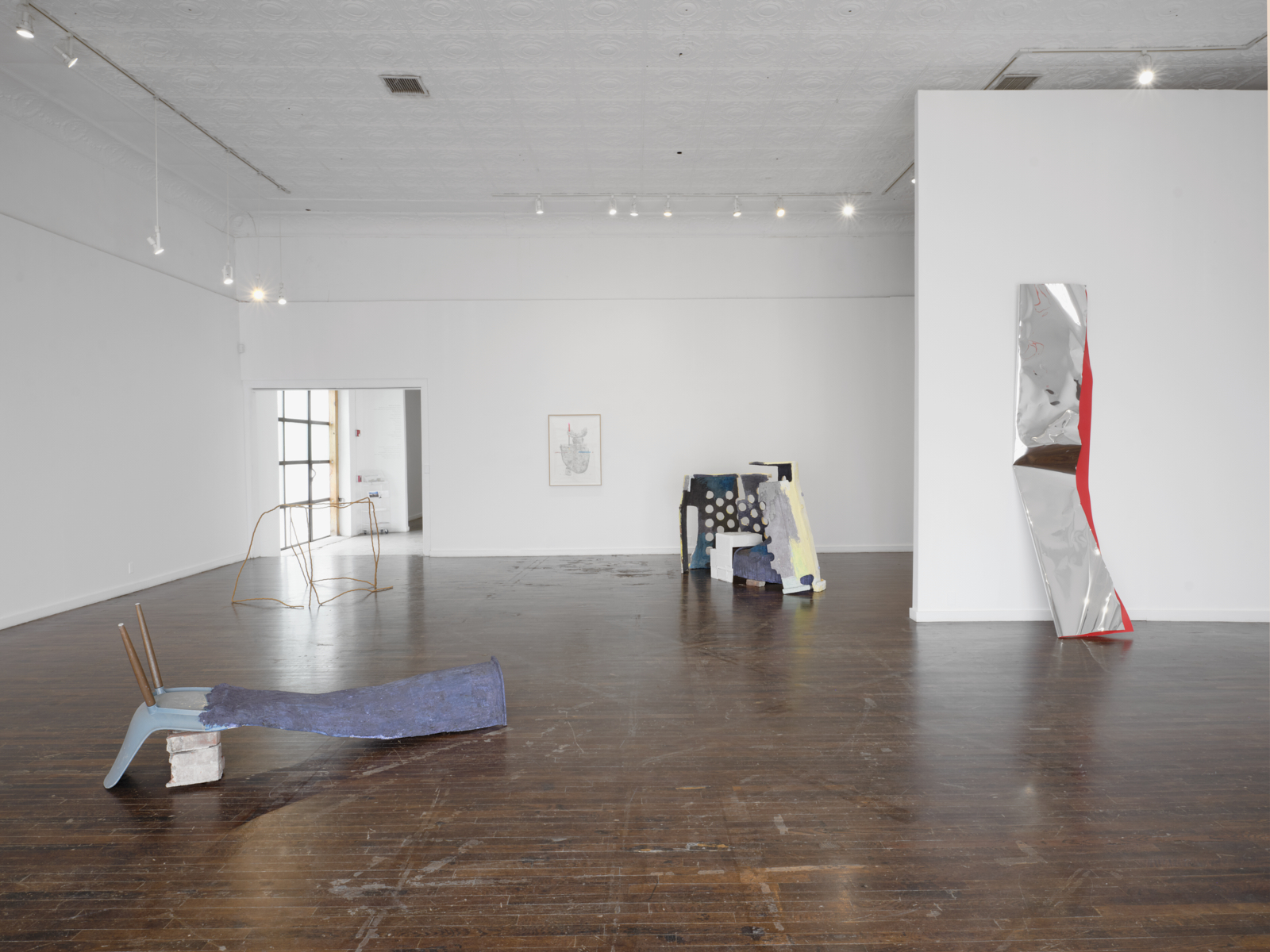
Image Copyright © 2014 Tattfoo Studio, All rights reserved
Marfa Dialogues/New York alum, Tattfoo Tan, recently unveiled his newest project, Nature Matching System at Seymour Dual Language Academy in Syracuse, New York. As described by the artist: “The Nature Matching System is a color chart… used to remind us to consume our recommended daily dose of fruits and vegetables.”
The project, which is composed of a “curriculum” booklet and a mural, was a result of Tan’s collaboration with Professor Marion Wilson, who teaches a class about community engagement at Syracuse University. For Nature Matching System, Wilson’s students, inspired by Tan’s work, designed a curriculum and were then required to teach it to a 3rd grader at the local elementary school.
Tan hopes to spread his “colorful and healthy effort” to other schools by allowing the booklet to be downloaded for free.
To learn more about Tan and his practice, read his recent article “Nutrition Isn’t Pretty” for Creative Time Reports. In “Nutrition”, Tan discusses the effects climate change has on our agriculture and asks us to “reduce food waste by rethinking what produce should look like.”

Photo by Tattfoo Tan, 2013
I have had my ups and I have had my downs”They gave me a chance. Although the CDC recommends that infants and young children follow a normal vaccination schedule, children may need to be placed on an accelerated vaccination schedule if you must travel with them. National Academy’s Sixth Annual Conference and the Fourth Biennial Threshold Concepts Conference, Cork, Ireland: NAIRTL. “Those are the things we have got to clean up,” Ryan said of the shortstop. The reception was held at the Commercial Club. Lettre(s) ; Kellogg, Charlotte,










